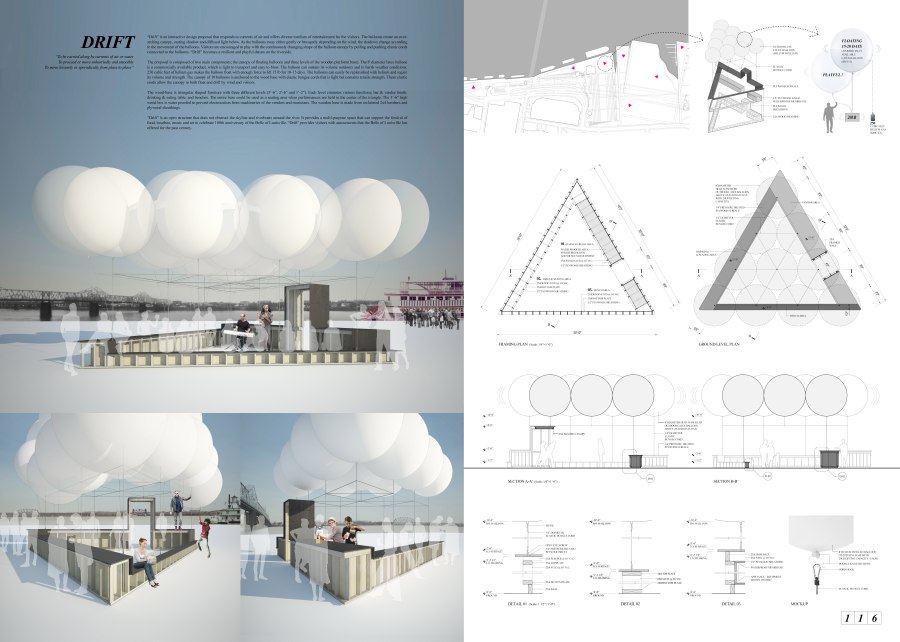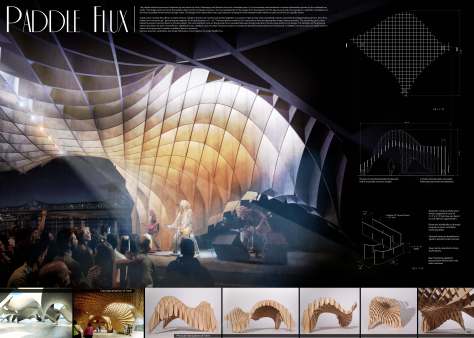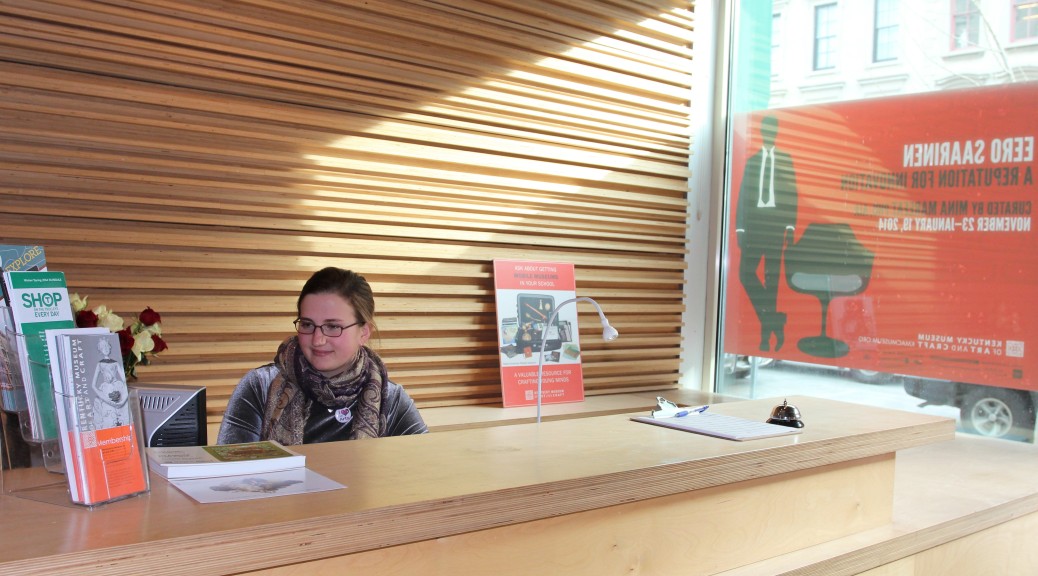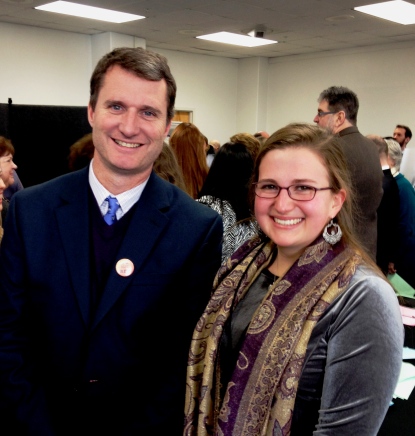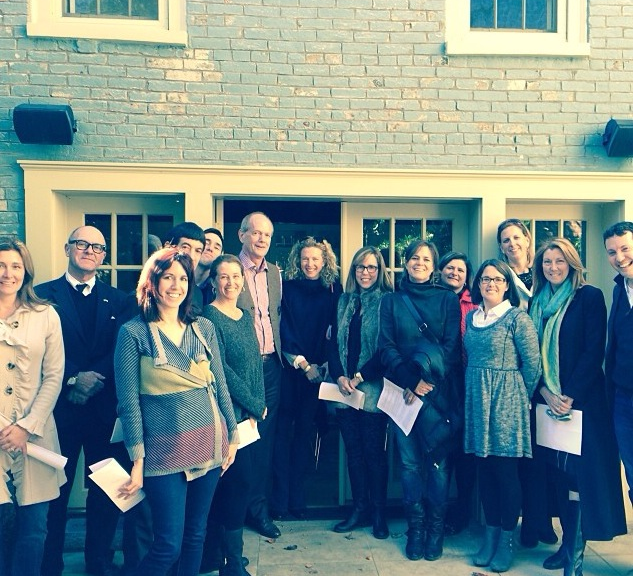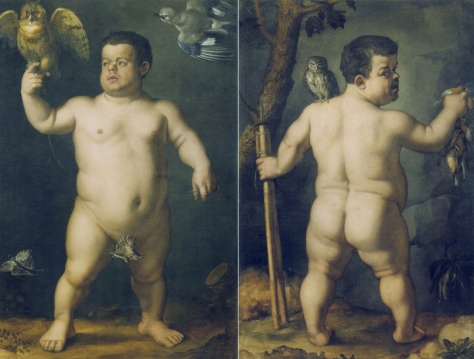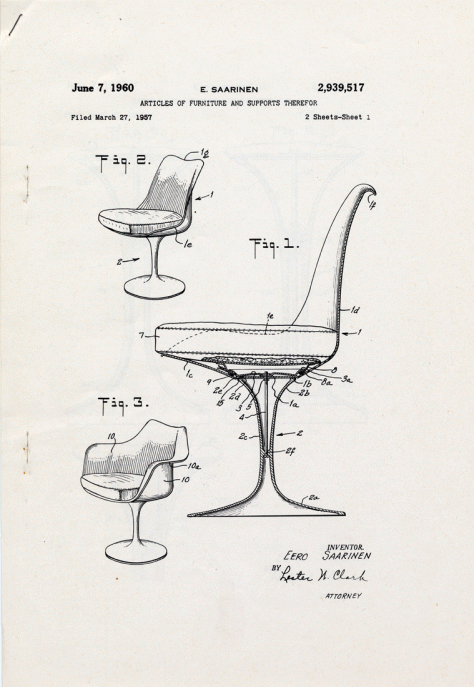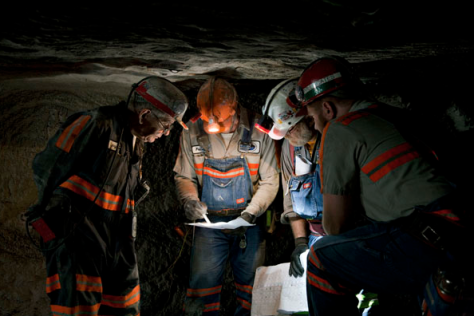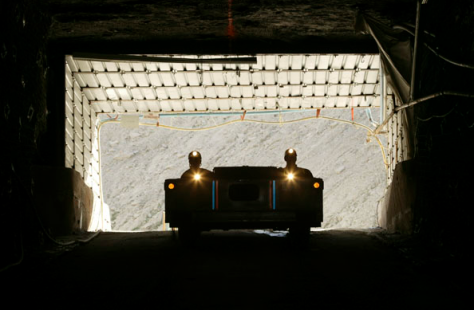KMAC has gone stark weaving mad.
Artists from 16 countries currently fill our two main galleries with over two-dozen loom woven works. Shown in conjunction with the traveling exhibit The New Art of the Loom: Contemporary International Tapestry, KMAC has organized Looming Local as a response to some of the issues raised by the international artists. The works on view range in size and content from the large 8 ½ x 11 foot tapestry Porter with Bicycle: Espagne et Portugal by South African artist William Kentridge to the small, intricate and colorful weavings by Kentucky artist Tori Kleinert.
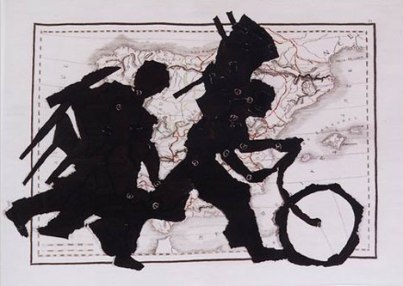
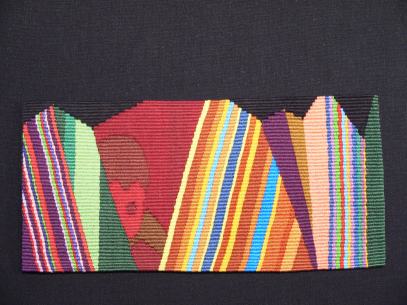
The New Art of the Loom consists of contemporary tapestries that connect with the large, ambitious, narrative works that dominated artistic production in early Modern Europe. These early tapestries functioned as a decorative way to display a coat of arms, relay a familiar story or to illustrate scenes of victorious battles, but they also provided warmth, covering the walls of large drafty castles. After falling out of favor due to growing feminine and domestic undertones the tapestry was revived by British art activist William Morris in the late 19th century, making weaving fundamental to a burgeoning international design movement that promoted artisanship and hand-made activity.
Looming Local takes a peek at the immediate surroundings of the museum to show how four artists are exploring similar issues as their international counterparts and taking the weaving tradition into the more creative, expressionistic contemporary art form that it is today. Both exhibits combined communicate a broad range of materials, methods and multiple weaving processes. The four artists represented in the local show, though rooted in a loom based practice, are markedly different from their peers in technique and composition.

Dobree Adams creates loom woven works that capture the landscape in a manner intended to evoke the intermediate or transitional states that are associated with Tibetan Buddhism. The spiritual and meditative qualities that imbue her work connect well with other artists on show in the museum who deal similarly with nature, particularly with the tapestry “Without Notice” by the Japanese artist Miyuki Tatsumi. Adams and Tatsumi are both drawn to the calmness of nature, but also to its power to change and dominate our lives in mysterious ways and without warning.
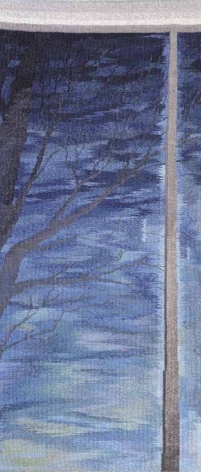
8’3″ x 3’10”
Tori Kleinert’s small format works, though diminutive in size, are big in meaning and content. They pack in loads of bold color and act as deeply personal explorations of ideas and emotions often connected to the history of female craft activity. She refers to the figures in her work as ancestors or semblances, an evocation of the spirits who live on informing the work of contemporary tapestry artists from around the world. Kleinert’s Terroristic Semblance from 2003/2004 commemorates the lives that were lost on September 11, 2001.

A sharp use of color adds intensity to her subject matter and relates to New Art of the Loom artist Christine Altona’s work, also from 2004. Based on an article in the Boston Globe about alleged child abuse, Altona created this particular tapestry as a tribute to the children who have been abused in the Roman Catholic Church. Several red cardinal hats are placed at the top of the work above a knotted red circle, suggesting the strong and powerful looking down on the weak bound together in struggle. The blue represents the earth and the prevalence of this transgression around the world.

Hallelujah-Boston Globe, 2004, 7’8″ x 7’3″
Arturo Sandoval is an art professor at the University of Kentucky and a well-known weaver from the region. His sole work in the show is part of a long running series that looks at American democracy and one of the most potent symbols of our culture, the American flag. Sandoval conceived the State of the Union series in order to work through personal issues related to his time serving in the Vietnam War. His desire to create a political art series was to commemorate the sons, daughters, mothers, fathers, sisters and brothers who lost their lives in battle. The newspaper headlines and magazine images that are woven into this series were initially collected from 1980-1984. He has since continued the series as way to further express his feelings toward the recent war in Iraq.
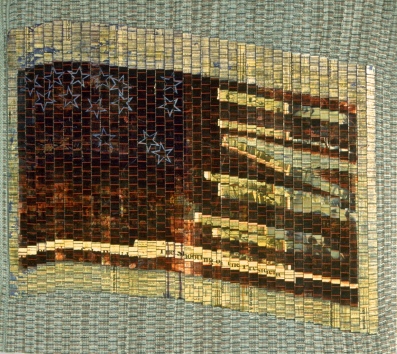
State of the Union No. 5: Baptism by Fire, 1984, 41” x 47”
The most divergent work away from any form of traditional tapestry seen in either the local or international exhibit comes from Looming Local artist Philis Alvic from Lexington, KY. Her recent work consists of assembling remnants of older tapestries into fabric constructions, which she refers to as Portals. In this ongoing series of works, suggestive of windows, doors, and curtains, she intends to communicate the ideas of transition, passage, and change. Through the technique of fabric collage and drapery these works move into the more three-dimensional space of wall sculpture.
As Alvic digs through her own personal archive incorporating material from previous work she evokes the idea of the artist entering a metaphorical portal, passing from one era of creativity and production into another. In this particular series of works Alvic is weaving together remnants as well as personal histories. There are a number of transitional concepts related to creative growth and change that could be applied to this series. The idea of the portal as a signifier for moving from one period of life into another is an important factor in the life of every artist. It can often be a struggle to shift focus and enter new unknown territory, but it can also be a time when an individual artist develops greater clarity and confidence in their work.

Dark Entry, 2013
74” x 52”














